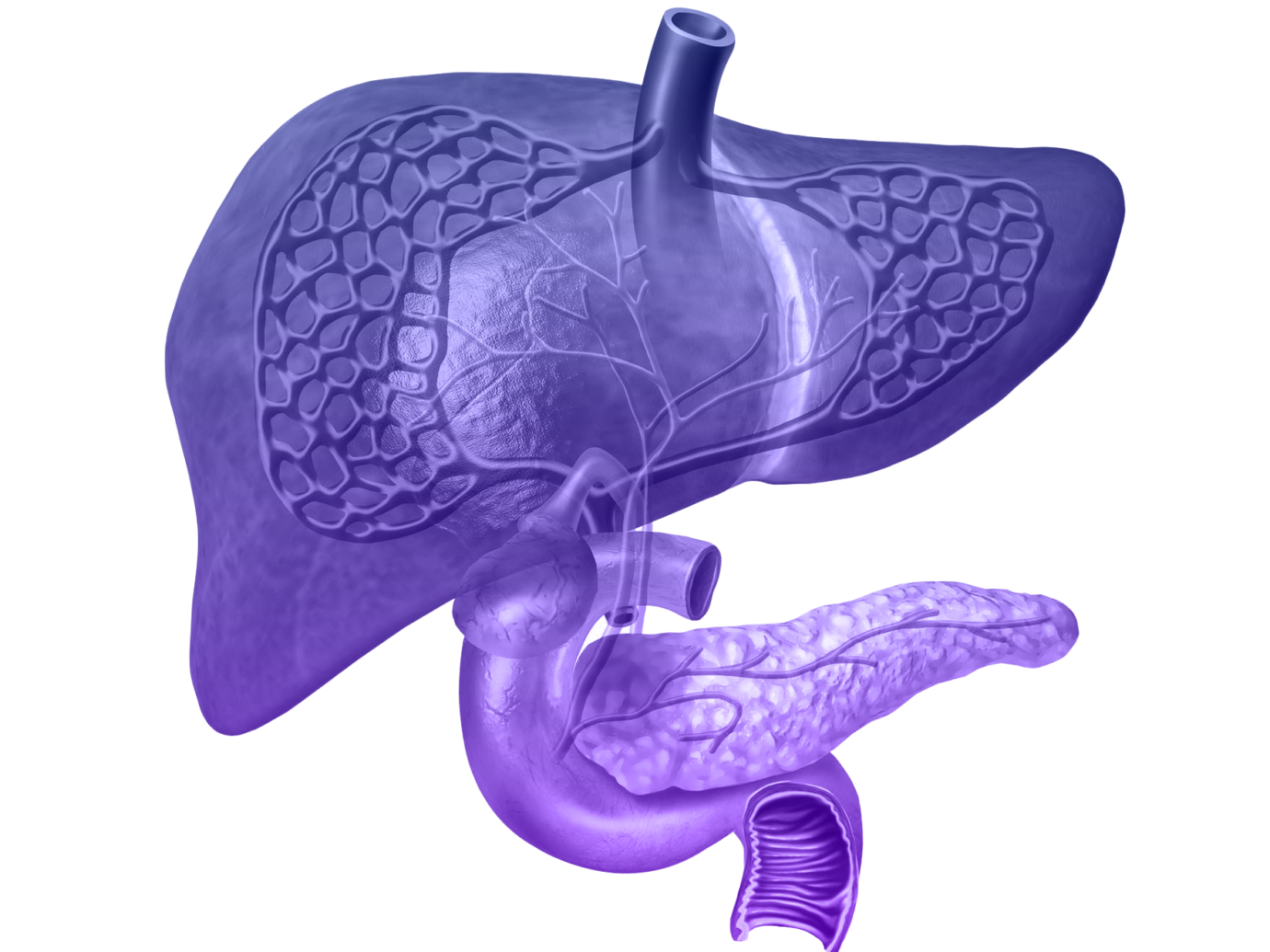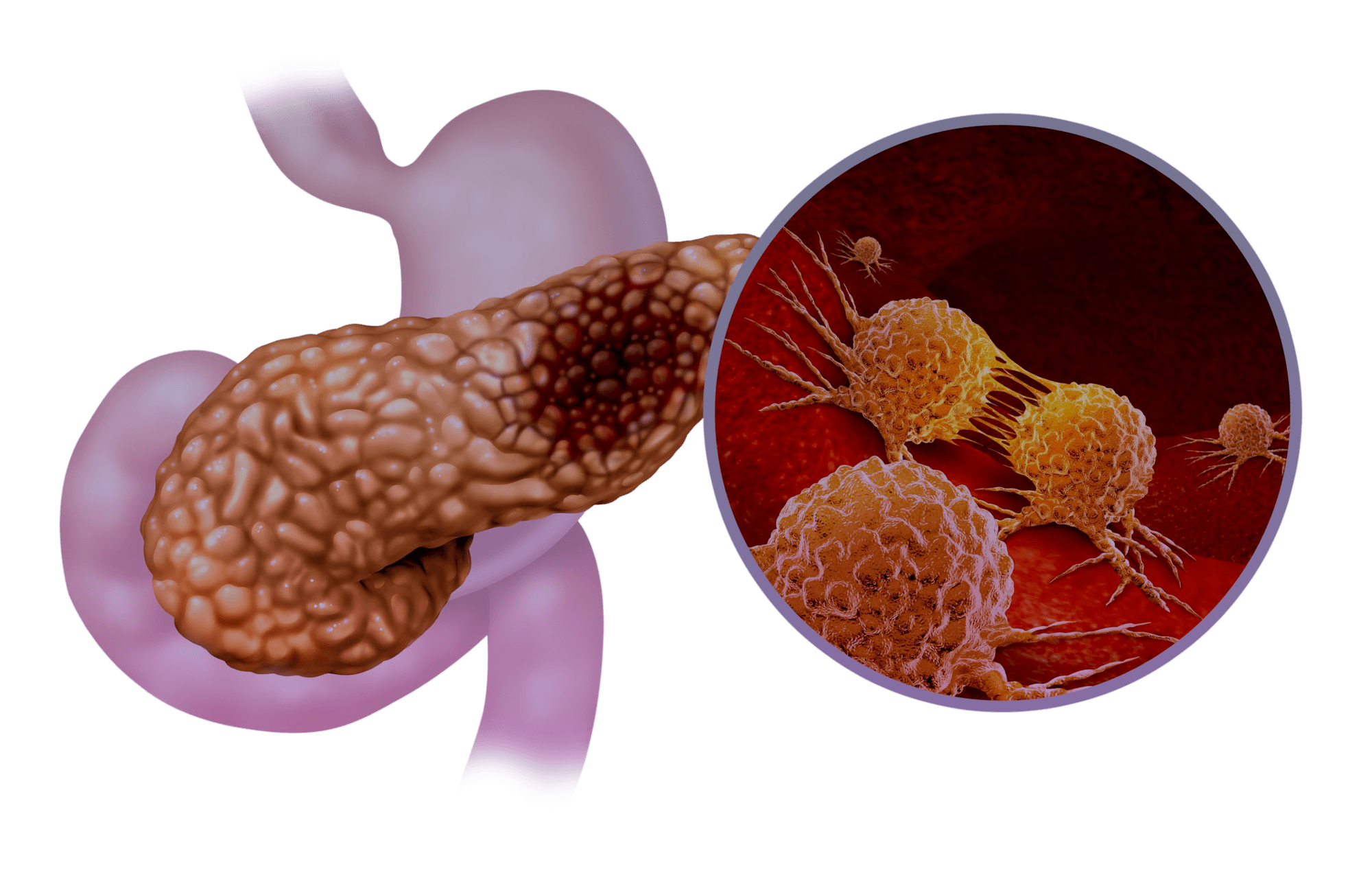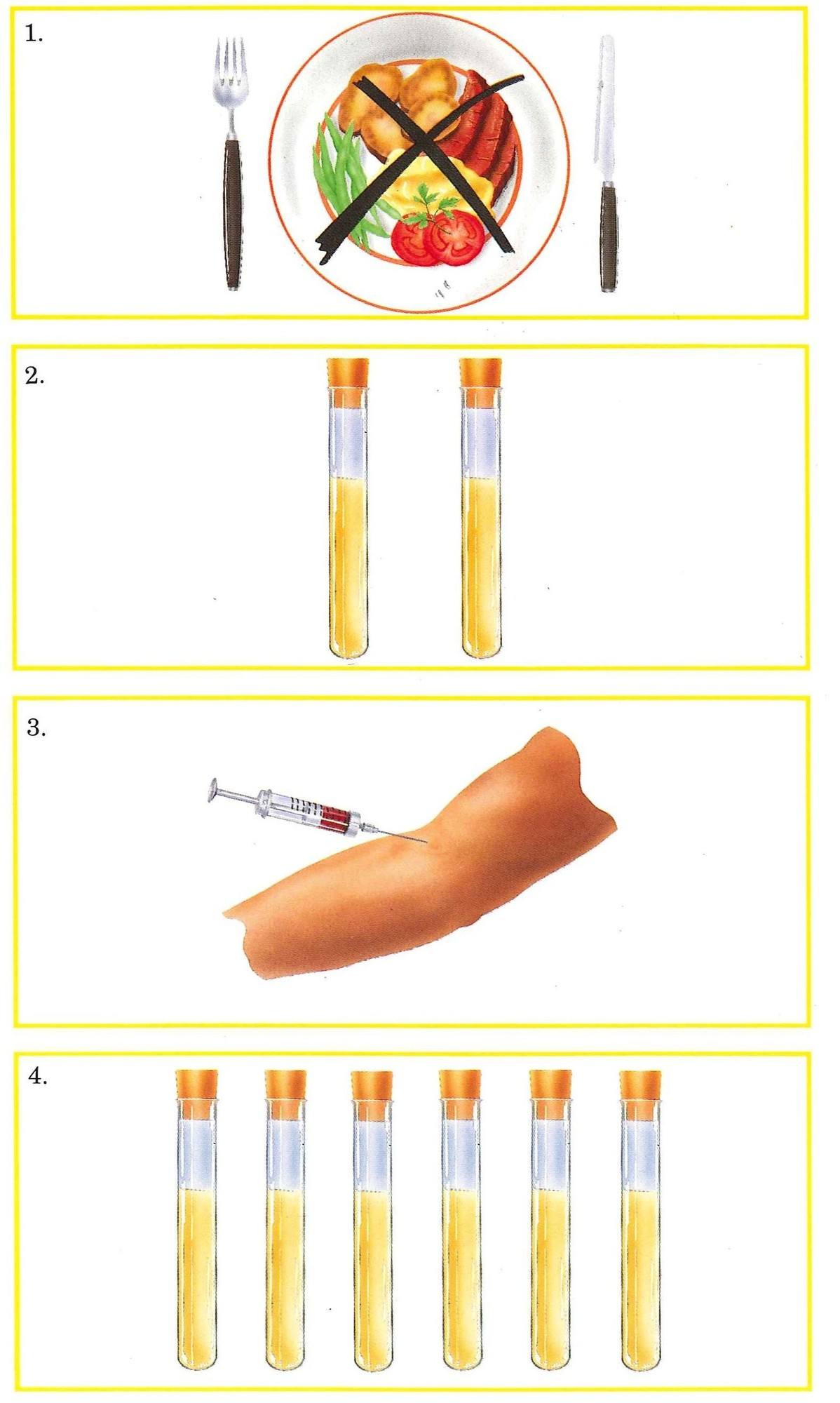
Diagnostic Applications
Secretin Endoscopic Pancreatic Function Test
Benefits
- ePFT is safe easy and highly accurate
- Cost effective 30% lower than traditional testing
Can be utilized in almost all facilities that provide endoscopic procedures
The two most common indications for pancreatic exocrine function testing are (1) the evaluation of possible early exocrine dysfunction in patients with abdominal pain and (2) the determination of the etiology of steatorrhea. Numerous conditions are associated with pancreatic exocrine insufficiency; the most common cause in adults is chronic pancreatitis (CP). CP is characterized by the gradual and irreversible replacement of normal pancreatic tissue by inflammation and fibrosis. As scarring progresses, there is a concomitant decrease in exocrine function of the duct and acinar cells. Abdominal pain is believed by some investigators to occur in some patients with early or “minimal-change” CP.
Because subtle functional changes occur at an early stage of fibrosis, direct PFTs may be the most sensitive diagnostic tests for early CP. PFTs are usually unnecessary for the diagnosis of advanced CP, because imaging tests often reveal typical structural changes. However, the diagnosis of early CP can be challenging, as these features may not always be apparent. Direct pancreatic function testing is considered the “surrogate” gold standard because obtaining pancreatic tissue from biopsy specimens carries a significant risk of complications.

The two-sample ePFT
We recently reported the validity of a shortened, two-sample collection method in which samples are collected at 30 and 45 minutes after secretin administration. This method retains a high sensitivity for detecting pancreatic exocrine insufficiency and is ideal for screening patients in whom there is a low suspicion of pancreatic disease. The two-sample ePFT also serves as a useful adjunct to advanced endoscopic procedures such as endoscopic retrograde cholangiopancreatography and EUS. Patients with borderline or equivocal two-sample ePFT results should be considered for the 1-hour five-sample collection method.
Summary
The ePFT compares well with the traditional PFT, The main advantages of endoscopic collection include patient comfort, universal availability, avoidance of radiation exposure


Gastrinoma Testing (Zollinger-Ellison Syndrome Test)
Benefits
- Is the most sensitive and accurate diagnosing method
- A simple blood test, easily performed in an office setting
- Reliably differentiates patients with Gastrinomas and peptic ulcer disease, even in the presence of acid blockers
- Any increase in serum gastrin concentration > 110 pg/mL above baseline is a diagnosis of Zollinger- Ellison Syndrome
- Highly purified synthetic peptide
- Not manufactured by a recombinant process
- ChiRhoStim® is identical to naturally occurring Human Secretin
- Less chance of allergic reaction
Protocol
To perform a Zollinger-Ellison Syndrome Test follow this procedure:
- The patient should have fasted for at least 12 hours prior to beginning the test.
- Prior to injection of ChiRhoStim® (Human Secretin for injection), two blood samples are drawn for determination of fasting serum gastrin levels (baseline values).
- Administer ChiRhoStim® (Human Secretin for injection) at a dose of 0.4 mcg/kg of body weight is injected intravenously over 1 minute;
- Post-injection blood samples are collected after 1, 2, 5, 10, and 30 minutes for determination of serum gastrin concentrations.
- Gastrinoma is strongly indicated in patients who show an increase in serum gastrin concentration of at least 110 pg/mL over basal level on any of the post secretin injection samples.
ChiRhoStim Human Secretin for Injection can be used to diagnose Zollinger-Ellison (Z-E) syndrome; diagnose gastrinoma.
Gastrin >110 pg/mL with gastric acid hypersecretion (basal acid secretion >15 mmol/hour in a patient with peptic ulcer who has not had surgery) establishes unequivocally the diagnosis of the Zollinger-Ellison syndrome.4 Antral G-cell hyperplasia may relate to high gastrin levels and duodenal ulcer.



